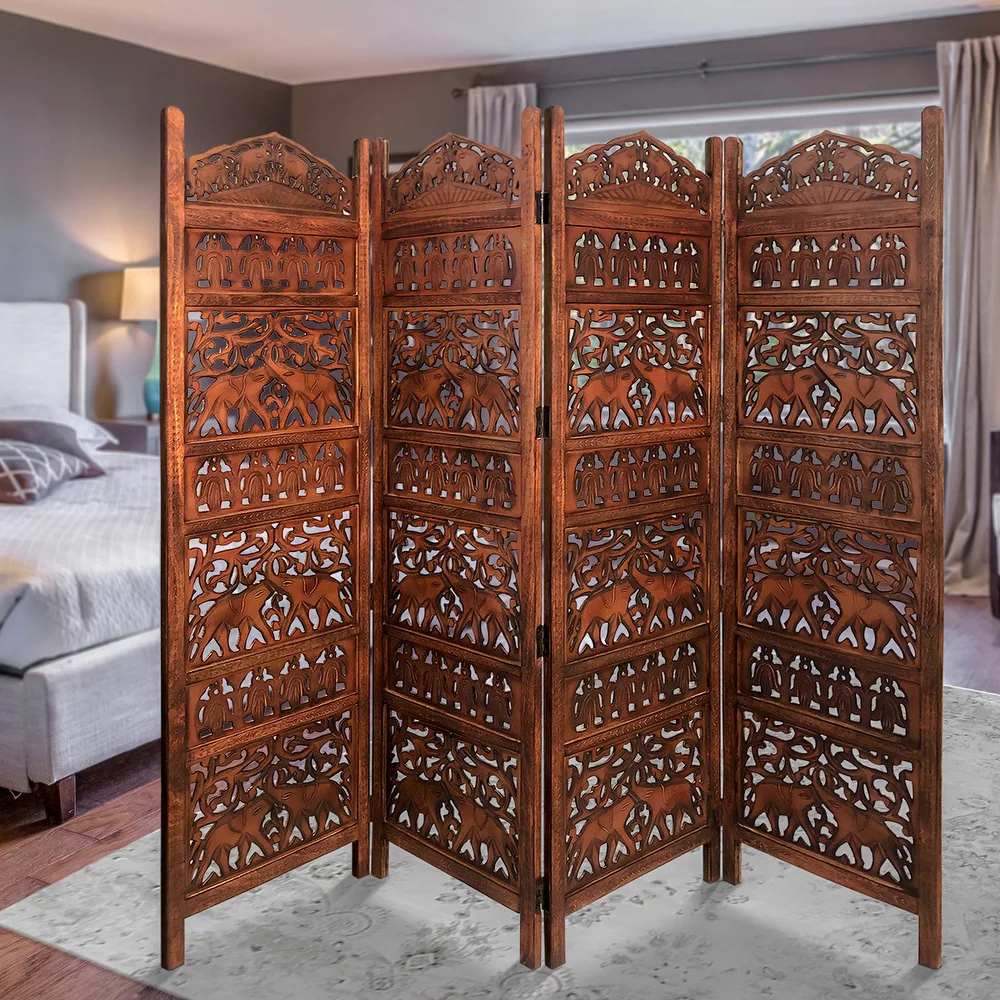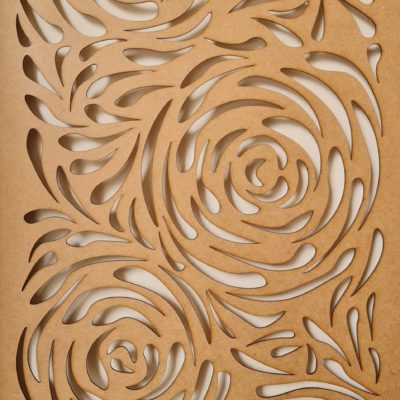Wooden Screens

Screens, often referred to as partitions, boast a timeless legacy as functional room dividers and decorative panels, tracing their origins back to ancient times. These versatile creations are not just utilitarian but are elevated to the level of artistry through the intricate craft of jaali, or fretwork carving, a tradition deeply embedded in the cultural fabric of numerous towns in Uttar Pradesh, with Sahranpur standing out as a prominent center for this traditional skill. Crafted with meticulous attention to detail, wooden screens introduce an element of resplendence into homes. Fashioned from the finest quality wood, these screens are not merely functional pieces but expressions of craftsmanship at its pinnacle. Their mobility adds to their appeal, allowing for dynamic spatial arrangements, while the fine finishes in a natural wood color polish contribute to an overall aesthetic of timeless elegance. The applications of wooden screens are as diverse as their intricate designs. From gracing the drawing rooms of residences to commanding attention in expansive halls, these screens are versatile additions to various spaces. Their adaptability is not confined to domestic realms; they also find a purposeful existence in places of worship, such as churches, where they are transformed into confession boxes, seamlessly merging functionality with artistic expression. One of the most captivating aspects of wooden screens is their ability to transform their surroundings. In drawing rooms, these screens serve not only as room dividers but also as focal points, captivating onlookers with their detailed carving and bestowing an antiquated charm upon the entire space. The marriage of traditional craftsmanship with contemporary interiors creates a unique ambiance that transcends temporal boundaries.


